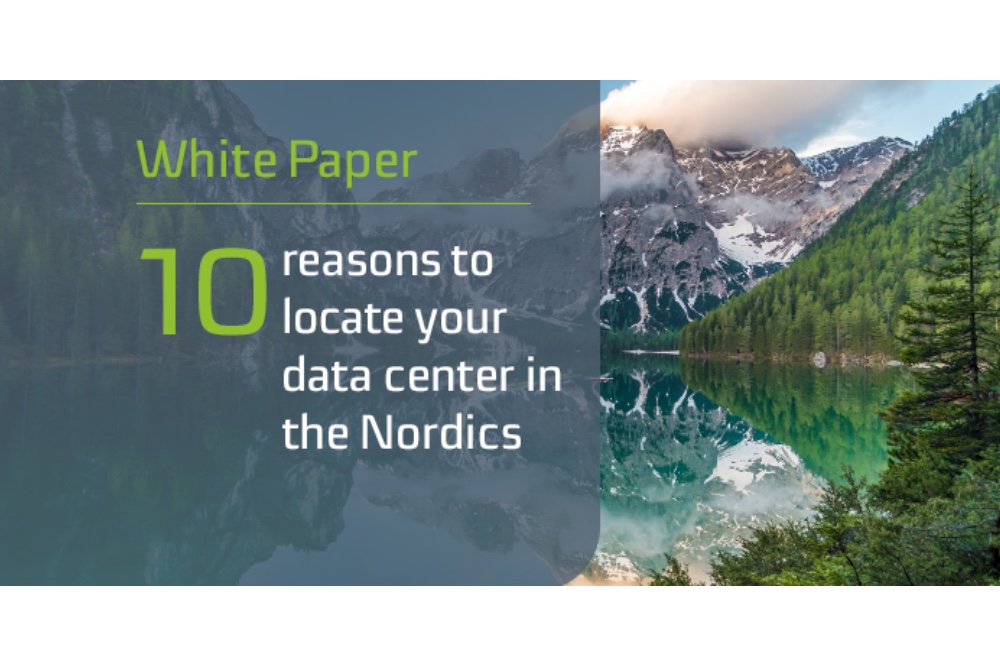DigiPlex has published a report which highlights some of the advantages the Nordic region may have for hyperscalers looking for growth in Europe.
According to the report, traditional European data centre locations considered by hyperscalers and international businesses are under increasing pressure. This pressure comes from shrinking availability of land for fast build and short time to market, constrained power supply and increasing demand for 100% sustainable energy. Political and regulatory issues are also cited as reasons why locations such as Dublin, Frankfurt, London, Amsterdam and Paris are becoming less attractive.
At the same time global leaders including Google, Facebook and Microsoft are choosing to establish data centres in the Nordic region. It is now one of the most attractive regions for data centres with an estimated $7billion of development agreed in 2018 and more in 2019.
Of course, DigiPlex has a lot to gain from companies choosing the Nordic regions, after all the company is one of the leading providers of data centres in the region. However, the company report states that hyperscalers considering the region will see the benefits from:
- Some of the lowest cost power in Europe, at 0.06 Euro per KWh, compared to more than double that (15 cents per KWh) in Germany.
- Plentiful renewable power – not only are Nordic countries net exporters of electricity but they lead the way in sustainable energy generation.
- Cool climates, with even southern Nordic cities like Stockholm reporting summer temperatures 10-15°C cooler than Paris or London
- Ample access to land with planning consent at prices far below the reported around £5 million per acre in London.
The DigiPlex report also underlines the importance of political stability, low taxation, high quality of life and a skilled workforce as defining features of the Nordic region. With the predicted continued high growth rates of data, the need to invest in facilities that can not only cope with today’s loads, but allow rapid expansion to meet tomorrow’s, is paramount. The guide highlights the foundations to support this growth in the Nordic region.

